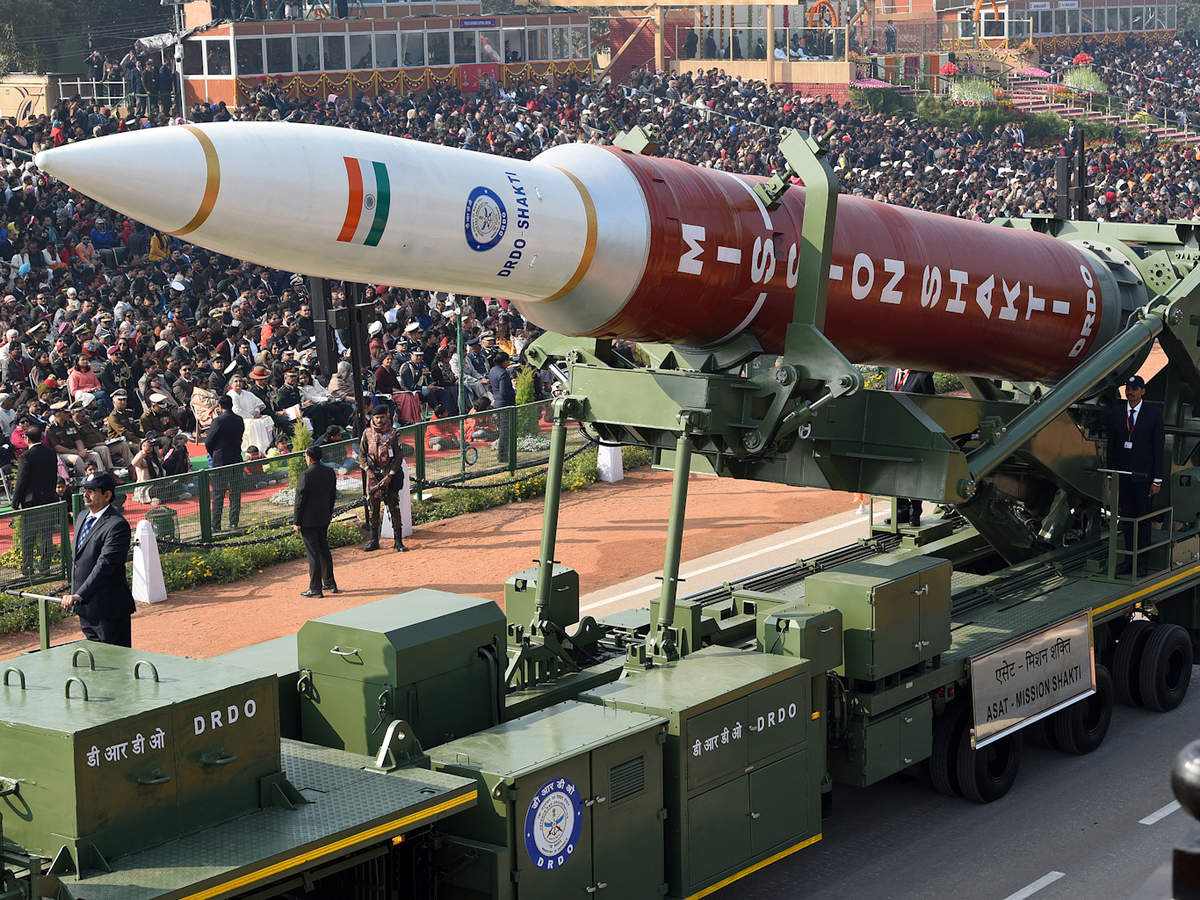The character of war has, is, and will always be in a state of flux. From swords and shields to ballistic and anti-ballistic missile defence systems, the development of newer and newer ways to prosecute wars is a never-ending cycle. Armies, therefore, have to crystal gaze to anticipate the contours of the future battlefield and develop systems to meet next-generation challenges. Failure to do so will mean fighting the wars of tomorrow with the weapons of yesterday.
Donald Rumsfeld, the United States’ former Secretary of Defense, had once said: “You go to war with the army you have, not the army you might want or wish to have at a later time.” Yet, this is precisely what armies around the world must do – anticipate during peacetime, rather than improvise during war or war-like conditions.
Envisioning futuristic battlefield scenarios must factor in existing and emerging technologies and how these might be weaponised, thereby impacting the future battlefield. This would, in turn, lead to the formulation of new doctrines based on the exploitation of these weapons systems. The development of the tank, for example, led to the concept of blitzkrieg, first used by the Germans during World War II. The army that can field a better future-ready system is more likely to prevail.
Prepare for wars of the future
The Indian Army’s Future Ready Combat Vehicle (FRCV) and Future Infantry Combat Vehicle (FICV) programmes for replacing its ageing fleet of tanks and personnel carriers respectively, are just two examples of wanting to fight with the weapons “you wish you had”. The Armed Forces, though, are often accused of wanting the moon when floating proposals for modern weapons systems. It may seem so now, but perhaps not when you factor in the detail that the systems on the drawing board today will be the same ones in use 30 or 40 years from now. God only knows what the prevailing battlefield milieu will be then. If a system were to be developed based on what is available today, it would already be obsolete by the time it enters service.
The science fiction of yesterday is the reality of today, and the sci-fi of today will be the reality of tomorrow. When Jules Verne first wrote Twenty Thousand Leagues Under the Sea in the 1860s, describing the adventures of the submarine Nautilus, who would have thought that submarines would become an essential part of naval warfare less than 50 years later?
Or when Leonardo da Vinci drew his sketch of an ‘air screw’ in the 1400s, who would have imagined it would transform into the helicopters of today? It is these flights of fancy that have materialised into the systems of today. In fact, da Vinci also made drawings of many other systems, including a military tank, a parachute, underwater breathing equipment, and a robotic knight. While few of these were built at the time due to technological limitations, the ideas bore fruit with the advent of appropriate technology. We should, therefore, not decry the armed forces for letting their imaginations soar as they grapple with learning how to fight future wars.
Ideas motivate R&D
More importantly, these seemingly futuristic ideas and concepts will spur research and development in cutting-edge technologies and previously unknown fields. There is little advantage in wasting scarce resources in re-inventing the wheel – duplicating R&D that has already been done elsewhere in the world. Our Defence and Research Development Organisation (DRDO) should keep this in mind while initiating new proposals and concentrate on niche technologies rather than platforms. The agreement with the US, the Initiative on Critical and Emerging Technologies (iCET), seeks to do just that – re-focusing the R&D effort on where we need to be in the years ahead.
This R&D needs to be transformative – just like a caterpillar metamorphoses into a butterfly – and not just an incremental development into a bigger and juicier caterpillar that will not survive the future battlefield. Hopefully, the reforms suggested for the DRDO by the Vijay Raghavan panel, which include comprehensive structural, operational, and human resource changes, will steer the organisation in the right direction.
The Armed Forces too, while letting their imaginations soar, must temper their needs keeping realistic operational situations in mind. The Indian subcontinent we operate in has diverse terrain and climatic conditions.
No single weapons system, especially of the Army, can be expected to operate over the entire spectrum of this diversity. Doctrines for the employment of these systems would vary from sector to sector – deserts, plains, mountains, high-altitude, and jungle terrain.
Therefore, the required functionalities should be overlaid over the terrain and operational requirements to see which are vital, essential, and desirable. If the vital and essential parameters are met, the system should be deemed suitable for induction. The desirable parameters should then be integrated into spiral development as future models, or as and when the desired technologies emerge. This would drastically reduce the time lag between ideation and induction while leaving scope for upgradation or sector-specific modifications.
For example, air-conditioning for systems operating in the deserts and heaters for those operating in the mountains – but both might not be required in the same platform. In trying to get everything onto a single platform, the ‘best’ one, we end up getting nothing at all. The best is the enemy of the good is a quote often attributed to French author and philosopher Voltaire. It implies that if the majority of the parameters are met, it should be good enough.
The need of the hour, therefore, is for all stakeholders to act in concert – academia, think tanks, industry and most importantly, the end user. It is essential to have an iterative process so that R&D, whether for civilian or military purposes, is not carried out in isolation. The evolution of technology and doctrines should go hand-in-hand, so that there is no mismatch or need for retrofitting of additionalities. We will then be able to fight future wars with the army “we wish we had”.
General Manoj Mukund Naravane PVSM AVSM SM VSM is a retired Indian Army General who served as the 28th Chief of the Army Staff. Views are personal.





